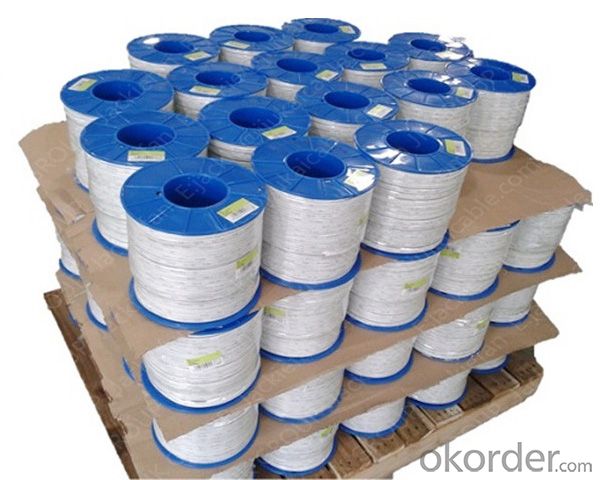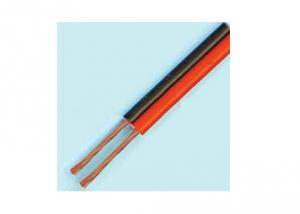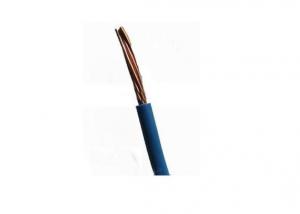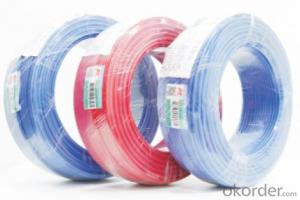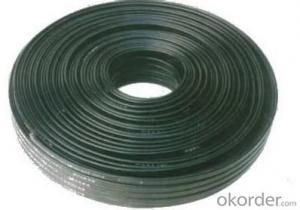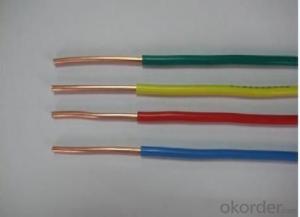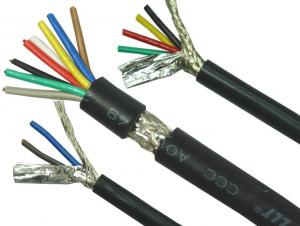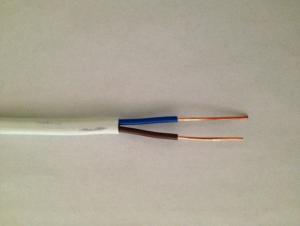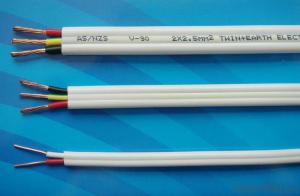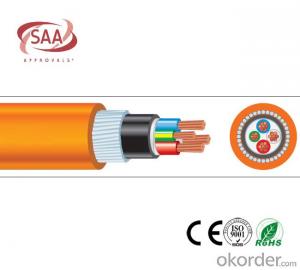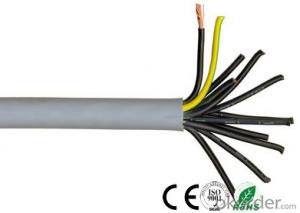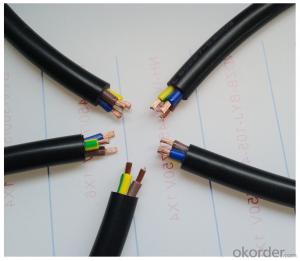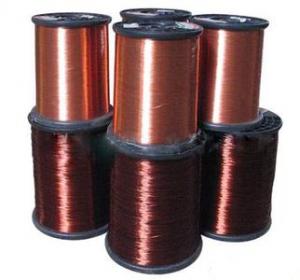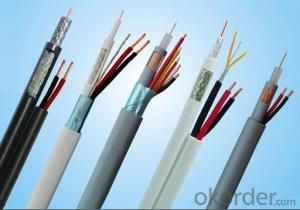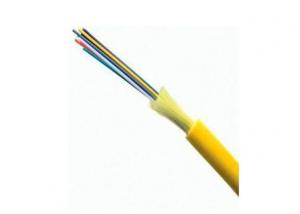Flat TPS Cable PVC 450/750V 3C Copper AS/NZS 5000.2
OKorder Service Pledge
OKorder Financial Service
You Might Also Like
Flat TPS Cable PVC 450/750V 3C Copper AS/NZS 5000.2
Applications:
Easi-peel sheath for general wiring unenclosed, in conduit, buried direct or in underground ducts for domestic, commercial and industrial installations where not subject to mechanical damage.
Rated voltage: 450/750V
Conductor: Copper 1~16 mm2
Insulation: PVC, V-90. Red, White and Blue
sheath: PVC, 3V-90. White
Environmental performance: Normal operating temp. 75℃
Standards compliance: AS/NZS 5000.2
Parameter sheet

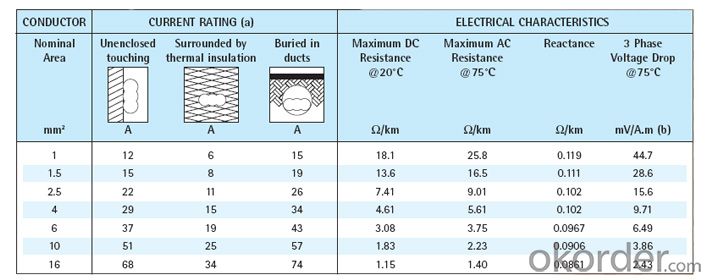
Production facility
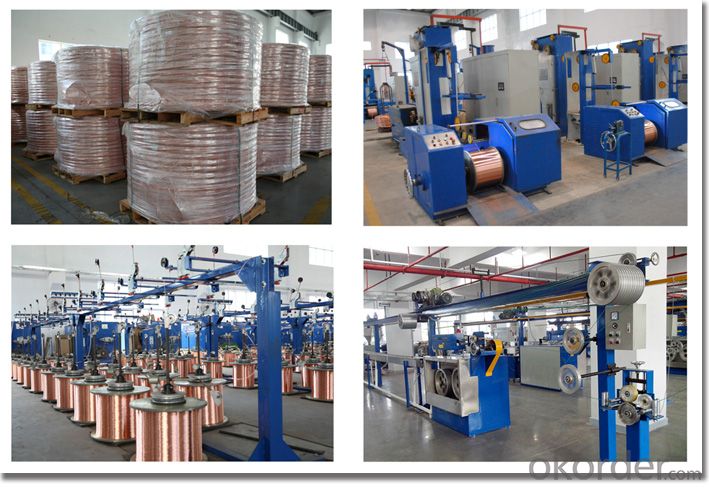

Main Quality Inspection Equipment
Sparker tester,Heating aging Chamber,High resistance machine, Oxygen index equipment, Partial discharge inspection instruments, Fireproof testing device,High-power voltage withstand tester,No-rotor Vulkameter,Pull tester,Analytical balance,Direct current bridge,Plastic tester,Projector, Punch machine,Cross-linked cutting machine,etc.

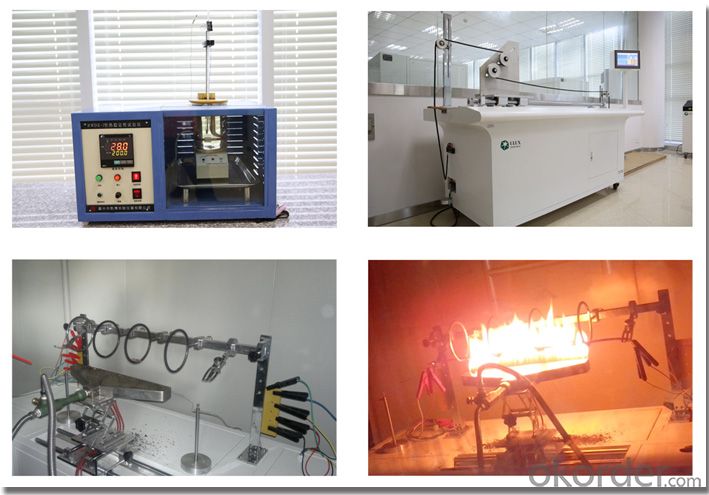
Company Overview



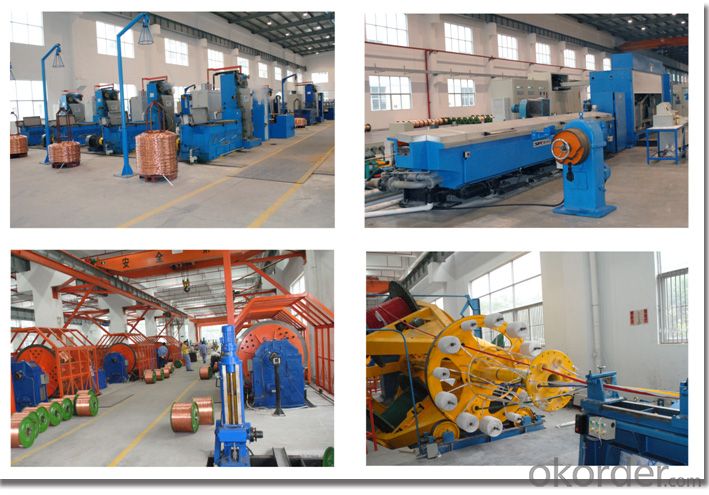
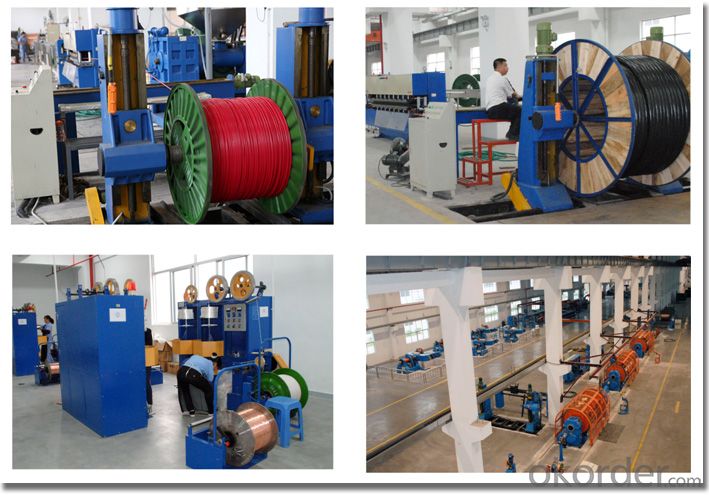
Certificates
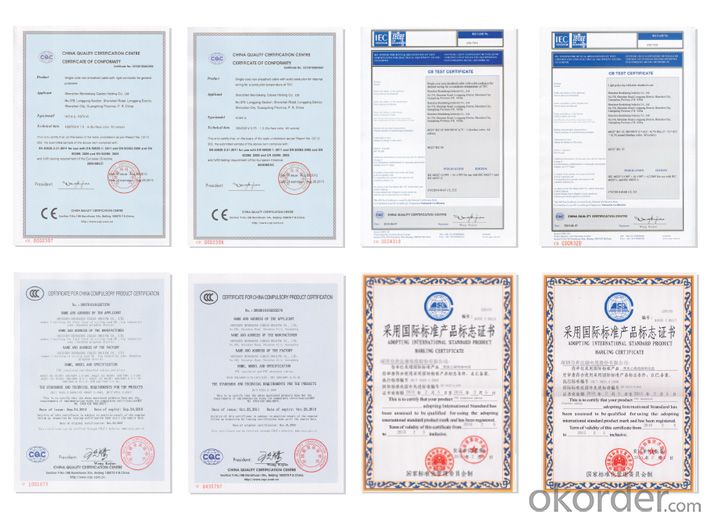
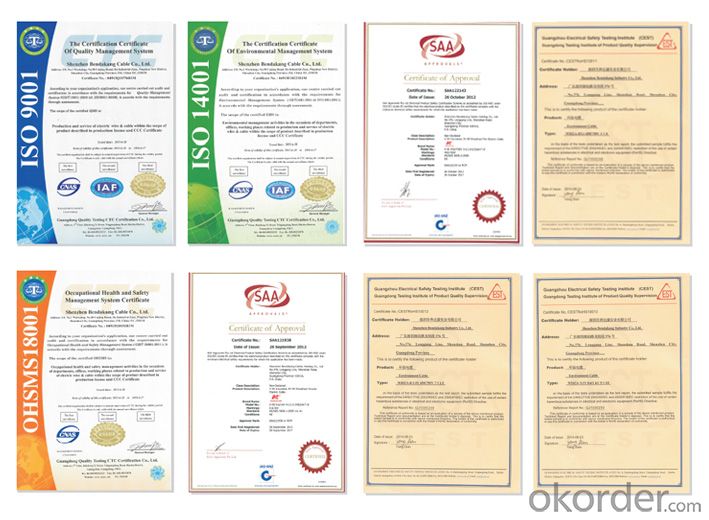
- Q: I have taken out the rotating speaker from an old organ that I wish to externalize to another organ.It has its own transformer (I thinklittle metal-layered box with a wire core in the middle) labeled 115v 60hz. i cut the wires from it that went to the main power supply for the organ. What I am wondering is, can I just solder a plug onto the ends of the power wires and plug it in? Eventually I would install a switch of some sort. Anyhow, because it has the little 115V thingy, how can I plug this thing in?
- Go to HD or Lowes and buy a plug. They screw in no soldering necessary. Your last sentence means nothing to me. What little 115V thingy?? Also here is what you do once you have plug put on wire. You go outside and put the speaker in safe non flammable place on a concrete patio stone is really good. Then you get a long extension cord and plug the cord into speaker. This is far from you and house. Driveway is good. Take the other end of extension cord and plug her in. Rubber gloves might be a good idea. I once had a flash like you would not believe from a bad electric heater. The worst thing you can do is think that electricity is safe when dealing with a strange device.
- Q: What does the wire ZC-BV mean? What is the specification? Which standard is executed?
- Home improvement are generally used BV copper wire, rarely used multi-stranded.
- Q: My instant electric water heater is 4500 watts need to use the number of square wire electrician said 4 square wire can I see a lot of people say that the 6 square of the job Will you 4 square line can withstand it? Question added: how can we know that the line is the national standard or non-national standard ah line is the original developers to help me installed a 4 square does not know is not how to identify the national standard?
- How many ports do you prepare for the switchboard Wiring harbor, greater than or equal to the switch port.
- Q: i have a main service panel that was probably installed in the 70s or 80s. there is a bus bar on the right side that all of the white neutral wires terminate into. (there is also a bus bar on the left side, that is totally empty.) there are no bare copper ground wires visible anywhere in the box. the circuits all run from under the crawl space into exterior junction boxes on the siding, then up through metal conduit into the panel. i know some of the circuits are older, but some were added just in the last couple of years, and were done with permits. so how and where might the circuits be grounded?
- It is possible the the copper wires were all stripped from the NM coating and attached to a copper rod or water pipe under the house, but it certainly isn't code to do that. Code requires the copper, white and black to all be attached to the appropriate bus in the circuit box, and then a bare copper wire running from the box to a copper rod driven six feet into the ground. The reason for the grounds to be in the box is because plumbing methods have improved and a simple plumbing repair with modern plastic pipe between the earth and the wires can result in no ground and someone touching a faucet getting electrocuted. Just so your home insurance will pay off in the event of a fire or an accident, you might want to check with the code dept. in your area and then have it changed to the box if required.
- Q: Help mi fill in the blank1. Check electrical ___ and ____ for wear and tear and faulty wiring.2. Do not _____ sockets.3. Keep electrical appliances clean and in good ___ order, and have them serviced regularly.4.Never run cables ____ mats or carpets where you _____ see wear and tear.5. Never use water on class C or ____ fire.
- 1. Check electrical wires and extension cords and appliances for wear and tear and faulty wiring. 2. Do not stick your fingers (or anything not meant to have electricity run through them) in sockets. 3. Keep electrical appliances clean and in good working order, and have them serviced regularly. 4.Never run cables under mats or carpets where you can not see wear and tear. 5. Never use water on class C or electrical fire.
- Q: How much power does the ten square power line carry? How many kilowatts?
- And the thermal pipe ditch parallel to the distance of 2 meters, the special circumstances can be reduced and reduced by half the value; cross-distance 0.5 meters, separated by a partition or cable pipe can be 0.25m see GB-94 Table 5.3.5 2006 version of the basic out or the implementation of this, to the local power supply management advice prevail
- Q: I have two 110v outdoor pole lights, one on a pole and one in a tree. The light attached to the tree is about 20 yards from the house, where it's wire originates. This wire is strung about 15 feet off the ground between the house and the light.A limb fell and snapped this wire about 10 feet from the tree. So I am curious, are there any splicing techniques or products that will support the weight of the wire and protect the splice from the weather?I have seen some epoxy splice kits in the past (put the spliced wire in a mold and fill with epoxy - for underground wiring), but am not sure if these kits are commercially available or if they will support the weight of the wire.
- If you are running any wires that far they should be supported using a solid wire strand to take the load. Electrical wires themselves are not designed to take that type of load. A simple way to do this is to use a clothes line attached at both the house and tree and run to a ground rod at one or both ends in case of a short or lightning strike. You can then wrap the wire around it`s lenght or use ty wraps every 4 feet . If you are going to splice the wires using barrel type connectors , alternate your connections a few inches apart and insulate each one (shrink tube) as well as shrink tube the entire splice after to prevent moisture . Below are examples Don`t forget to place the large shrink on the wire before making the individual splices as this stuff does not work if you cut it open after forgetting to put it on. All these items are available at any electrical supply store. Don`t forget to use at least a 4' ground rod and the correct copper ground clamp . Available at the same place , and of course make sure the power is off before attempting this.
- Q: I come across electrical wire connectors often and they are varied.I find it difficult and sometime impossible to remove a wire from a connector without damaging the wire or the connector. Is there anyone who know how to handle these?
- Many are single use, is that what you are talking about?
- Q: What is the average square line (wire) what do we usually mean? How is it different? The
- I am sorry to understand the wrong. This may not help you.
- Q: I have a small John Deere tractor i keep at my lake lot. I have a big problem with rats chewing up the wiring. They have gone as far as getting into storage shed, get into the range cubes i keep for cattle feed and make a nest under the hood of the tractor.Is there any kind of electrical tape to wrap the wires with to keep them away. They chew not just threw the insulation, but even the copper wire.
- Put out rat bait
Send your message to us
Flat TPS Cable PVC 450/750V 3C Copper AS/NZS 5000.2
OKorder Service Pledge
OKorder Financial Service
Similar products
Hot products
Hot Searches



